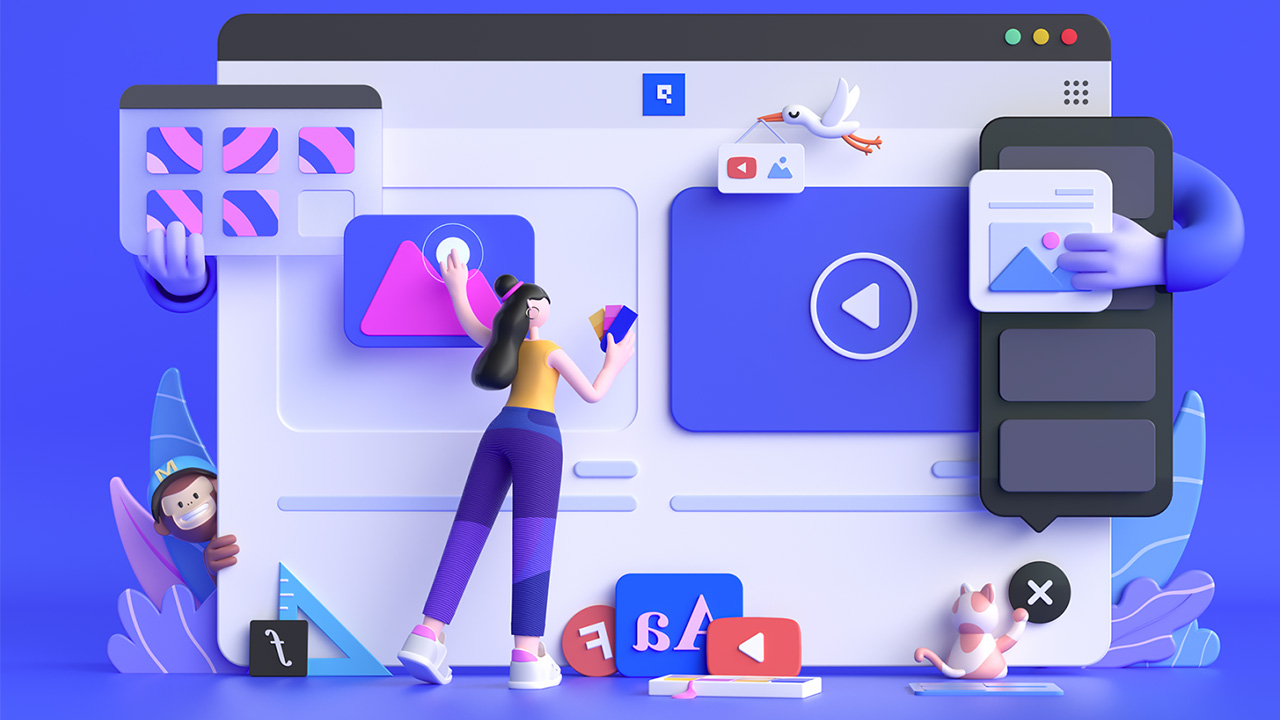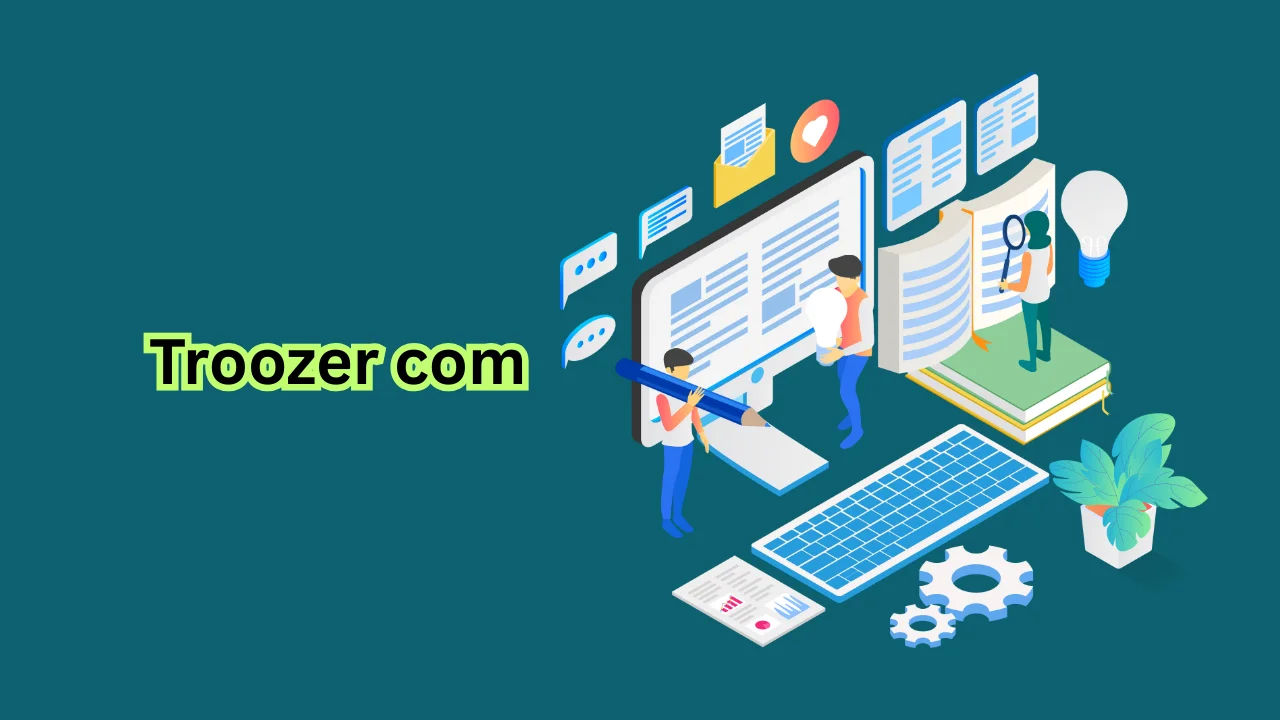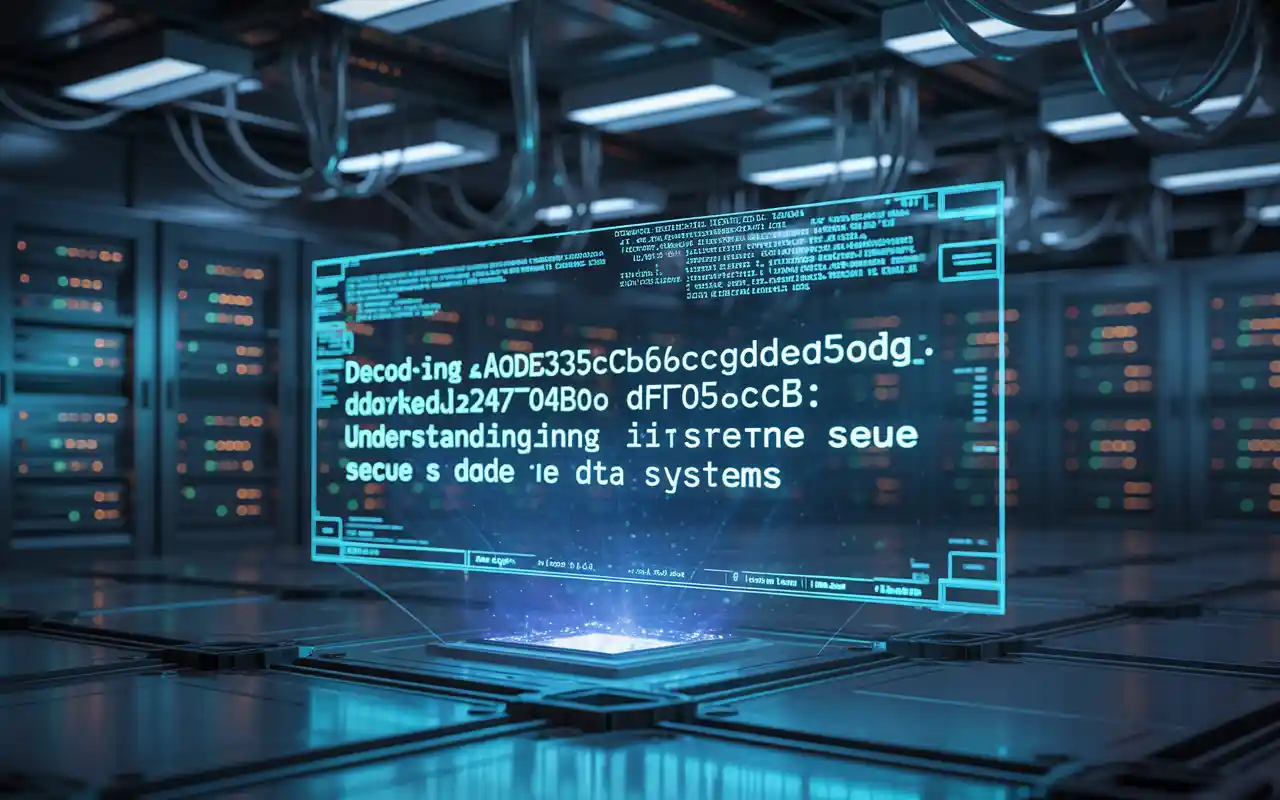In the evolving landscape of content creation, artificial intelligence is no longer just a futuristic concept — it’s a present-day powerhouse that is reshaping the entire video production workflow. From conceptualization to final cut, AI technologies are streamlining complex processes, reducing production costs, and empowering creators to generate high-quality videos at scale. As demand for video content continues to skyrocket across industries — from education and marketing to entertainment and e-commerce — AI-driven tools are becoming indispensable.
The Traditional Video Production Process: A Time-Intensive Journey
Before delving into how AI is revolutionizing this space, it’s important to understand the conventional video production process. Traditionally, crafting a video involves several distinct stages: ideation, scriptwriting, storyboarding, filming, editing, adding music and effects, and post-production polishing. Each of these phases requires a specific skill set, significant time investment, and often a sizable budget.
Small businesses, solo creators, educators, and even marketers often struggled with resource constraints, limiting their ability to produce frequent, high-quality video content. That’s where artificial intelligence has stepped in — not just as a helper, but as a full-scale collaborator.
AI-Powered Scripting and Ideation
One of the most time-consuming aspects of video creation is developing a compelling script. With AI-driven tools, creators can now simply input a brief idea or target audience, and receive a fully formed script tailored for their needs. These systems use natural language processing (NLP) to analyze tone, purpose, and format, helping align the script with brand voice or audience expectations.
Furthermore, AI platforms can suggest trending topics, generate video titles, and even offer visual moodboards based on popular content formats. This level of automation not only saves time but also fuels creativity by eliminating the dreaded blank page syndrome.
Intelligent Editing and Scene Composition
AI doesn’t stop at writing; it assists in editing, color correction, sound leveling, and scene transitions with unprecedented precision. Traditional editing could take hours or even days, especially for long-form or professional content. AI-driven editors now automate many of these tasks using machine learning algorithms that learn from high-performing videos.
For example, AI can automatically detect and remove awkward pauses, choose the best camera angles, apply visual effects, or insert transitions that align with the mood of the content. These tools are particularly beneficial for non-technical users who want to maintain a professional edge without hiring a dedicated post-production team.
Smart Voiceovers and Multilingual Capabilities
Narration is a vital part of many videos — especially explainer videos, tutorials, and documentaries. Instead of hiring voice actors or spending hours recording, creators can now use AI-generated voiceovers. These synthetic voices are becoming increasingly realistic and emotionally expressive.
More impressively, AI tools can offer multilingual voiceover options, making it easy to create global-ready content without needing multiple narrators. This accessibility has opened new doors for businesses targeting international audiences, educators serving diverse students, or creators expanding their reach.
Real-Time Video Personalization
AI also brings personalization into the spotlight. By leveraging user data and behavior patterns, some AI systems can generate personalized videos tailored to individual viewers. For example, e-commerce companies can create customized product demos, while HR teams can produce employee onboarding videos with personalized touches.
This hyper-personalization was once the domain of high-budget marketing departments. With AI, even small teams can now deliver tailored video experiences at scale.
Empowering Through Automation
A prime example of innovation in this space is the video generator ai platform — a tool that transforms a simple prompt into a complete, polished video. Creators can enter their topic or idea, and the AI does the rest: writing the script, generating visuals, syncing voiceovers, adding music and subtitles, and compiling everything into a ready-to-publish format.
These platforms are invaluable for educators creating lessons, marketers building campaigns, influencers producing social content, or even startups trying to create pitch videos. The automation accelerates production cycles while still allowing for creative input and customization.
Democratizing Video Creation for All
While high-end AI tools are revolutionizing professional workflows, user-friendly options are also making an impact. Take invideo AI, for instance — a platform that offers a free ai video app designed to help users create videos without prior experience. The app provides intuitive drag-and-drop interfaces, access to vast media libraries, and built-in AI features that support scriptwriting, voiceovers, and editing. Rather than appearing like an afterthought, this tool is part of a broader trend to democratize video production for everyone, from students to small business owners.
These apps help users save time, reduce costs, and increase output, all while maintaining a professional look and feel. They are especially useful in fast-paced environments like social media, where consistency and speed often outweigh cinematic polish.
The Rise of AI Video Assistants
AI is even stepping into the role of creative assistant. Some platforms now offer suggestions during the creation process: recommending better transitions, flagging repetitive language, or advising on visual composition. This not only improves the final output but also acts as an on-the-job tutor, helping users sharpen their skills over time.
In collaborative settings, AI assistants can monitor version histories, track feedback, and ensure brand guidelines are followed — turning what was once a chaotic process into a streamlined, intelligent workflow.
Ethical Considerations and Human Touch
Despite all the benefits, the rise of AI in video production also raises important questions around ethics, authenticity, and creativity. Can AI truly replace human storytelling? Should synthetic voices be disclosed? What about copyright issues surrounding AI-generated visuals?
These concerns underscore the need for transparency and responsible use. Most industry leaders agree that while AI can handle mechanical and repetitive tasks, the human touch remains essential for authentic storytelling and emotional impact.
Rather than replacing humans, AI should be seen as a powerful co-creator — one that enables storytellers to do more, faster, and often better. It removes barriers, enhances creativity, and allows creators to focus on their unique vision while leaving the heavy lifting to machines.
Final Thoughts
AI is undeniably transforming the world of video production. From simplifying the scripting phase to automating voiceovers and personalizing content at scale, the tools available today are powerful, accessible, and evolving rapidly. Whether you’re a marketing professional, an educator, a small business owner, or an aspiring content creator, integrating AI into your video workflow can dramatically enhance both quality and efficiency.
While the technology continues to mature, those who adopt and adapt early will find themselves ahead of the curve — producing more, spending less, and reaching wider audiences than ever before.






Leave a Reply